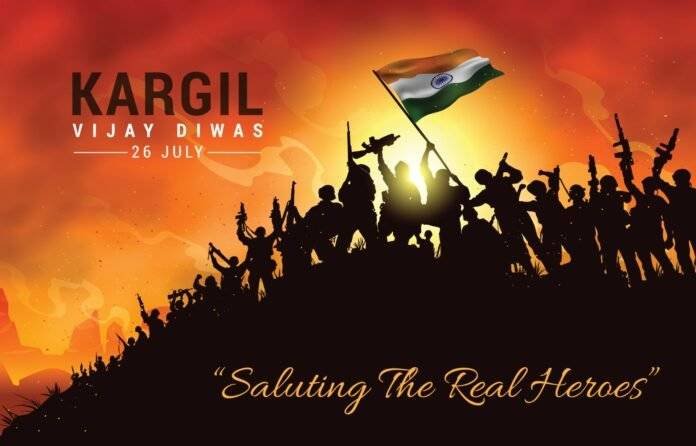Introduction
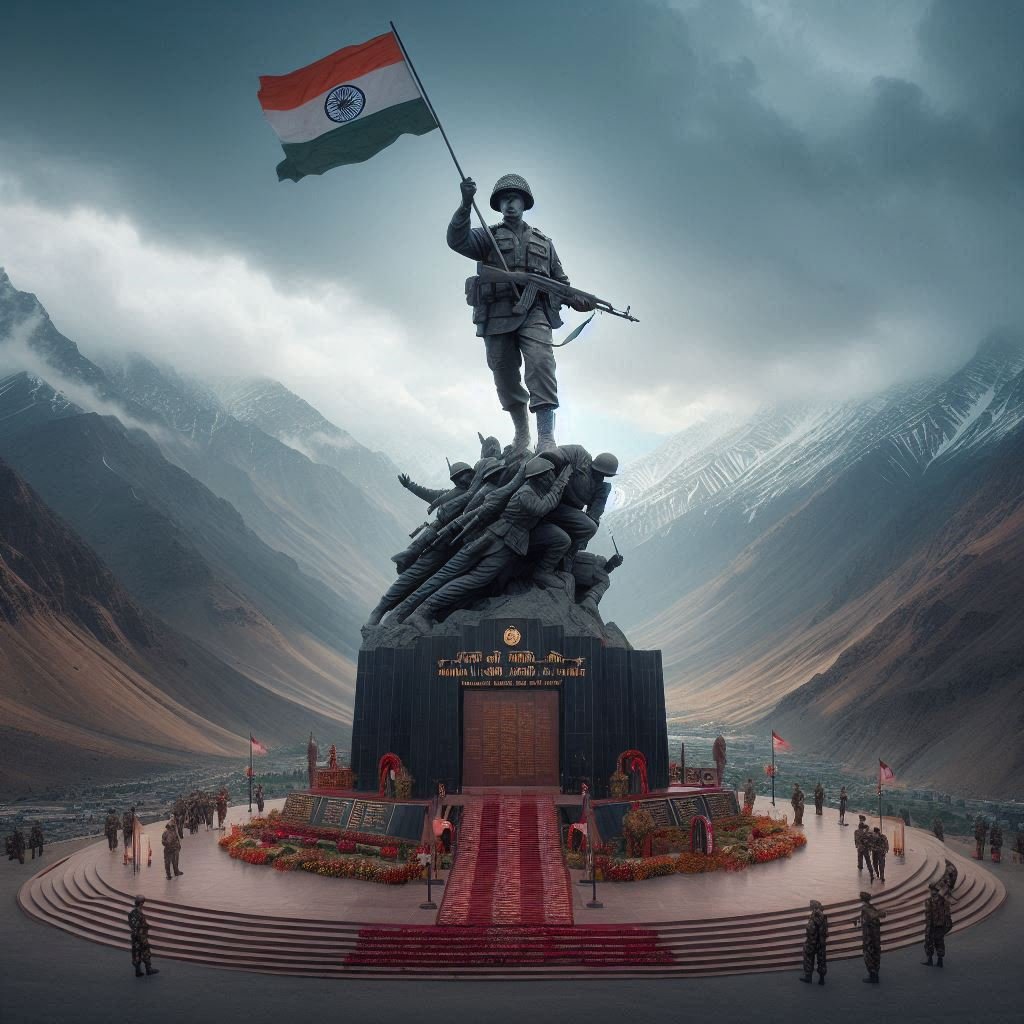
Kargil Vijay Diwas is celebrated with great pride and patriotism by every Indian, for this was the day when victory had been obtained over Pakistani forces in the Kargil War in 1999. The day, 26th July, is observed yearly as a gesture of respect toward the bravery and sacrifices of Indian soldiers for recapturing the commanding heights of Kargil. In this article, we share reasons to celebrate Kargil Vijay Diwas, piece together events of the Kargil conflict, and celebrate heroes who made this victory possible.
Historical Context of Kargil Vijay Diwas
A Small Introduction to the Kargil War
Among the gigantic conflicts between India and Pakistan that happened in 1999 was the Kargil War. It burst into action as an aftermath of the infiltration of Pakistani soldiers and militants into Indian territory. This was quite a difficult military operation taken up by any army anywhere in the world, as it was conducted on the rugged terrain of the Kargil district in Jammu and Kashmir. The conflict commenced in May 1999 when Pakistani intrusion was detected in the Kargil region, occupying key positions along the Line of Control.
Operation Vijay: The Turning Point
Operation Vijay was the codename for the Indian military operation to clear the Kargil sector of the intruders. Launched in May 1999, the operation involved the integrated effort of the Indian Army, Air Force, and other security agencies. The basic objective of the operation was the recapture of the high-altitude outposts occupied by the enemy. The Indian forces defied hostile terrain and adverse weather conditions and showed exemplary valor and tactical brilliance that finally culminated in the decisive victory by July 26, 1999, which is celebrated as Kargil Vijay Diwas.
Heroes of the Kargil War
Stories of Valor and Sacrifice
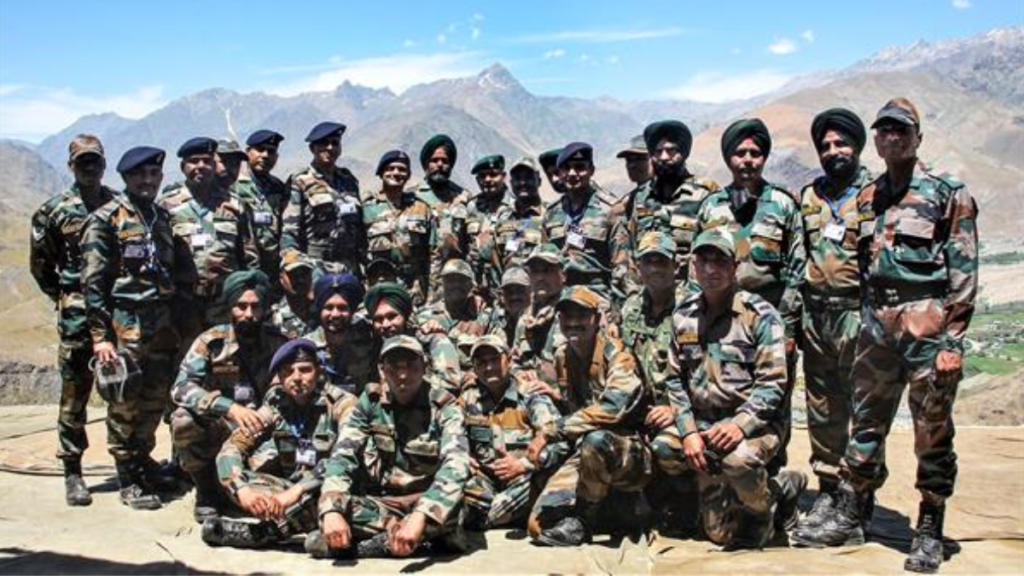
The Kargil War had its name ennobled in countless stories of heroism and sacrifice by the Indian soldiers. The notable heroes among them were Captain Vikram Batra who was awarded the Param Vir Chakra posthumously because of his gallantry in the recapture of Point 4875 and Lieu Manoj Kumar Pandey also earned a Param Vir Chakra for the bravery shown by him against all odds. These soldiers, amongst many others, showed unabated courage and determination to fight battles hand-to-hand to recapture the occupied peaks.
Tribute to Martyrs
Memorials and other tributes are in memory of the sacrifices made by the soldiers who lost their lives during the Kargil War. The Kargil War Memorial is at Dras, right at the foothills of Tololing Hill. Ceremonies related to Kargil Vijay Diwas are held year after year at this memorial and indeed over all parts of the country to pay tributes to the martyrs and remind the nation about their great sacrifice.
Significance of Kargil Vijay Diwas
Patriotism and National Pride
Kargil Vijay Diwas fills Indians with pride and a feeling of patriotism. Victory in the Kargil War is truly symbolic of the strength and morale of India’s Armed Forces. This particular day is full of numerous events and ceremonies displaying the bravery of soldiers for the protection of the sovereignty of their motherland.
Military Achievements
The outcome of Operation Vijay proved to be of substantial influence on the military strategy and defense policies that India later adopted. The Kargil War underlined the fact that modern-day warfare depends much on intelligence, surveillance, and reconnaissance. The conflict saw an extensive enhancement in India’s defense preparedness by modernizing equipment and strengthening border defenses
Celebrations Across India
Official Ceremonies
Across India, the Kargil Vijay Diwas is celebrated with much reverence. Official programs are organized in every Military base, war memorial, and government institution. The Prime Minister of India and other dignitaries pay homage to the martyred soldiers, and wreaths are laid at the Kargil War Memorial. Playing patriotic songs and speeches, and cultural programs are part of the official celebrations.
Public Participation
The public plays a huge role in making Kargil Vijay Diwas memorable. Citizens run marathons, candlelight marches, and blood donation camps as a tribute to the martyrs. The educational institutes organize special programs that include informing the students about the importance of this day and what those soldiers did for their nation. Social media was filled with respect and thanks for the heroes of the Kargil War.
Kargil Vijay Diwas in Popular Culture
Media and Films
Many films and documentaries have been made on the Kargil War, thus keeping its memory alive. Films like “LOC Kargil” and “Lakshya” represented the bravery and hardships of the soldiers during the war. These movies have been entertaining and, at the same time, served as a strong reminder of the Indian Armed Forces’ sacrifices.
Literature and Fine Arts
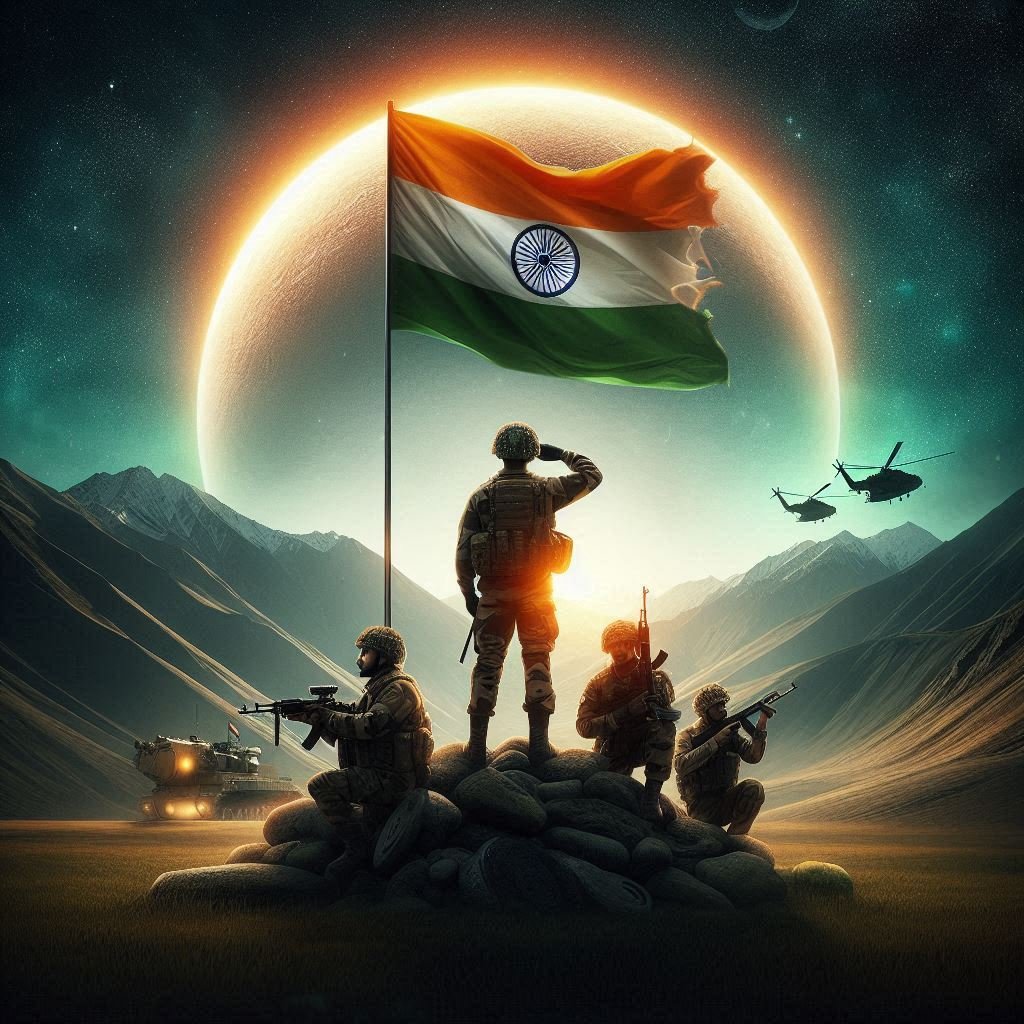
The Kargil War has also spawned a number of books, poems, and artworks. People who write and poetize have tried to get accounts of valour and sacrifice recorded by touching on the sentiments and physical hardships that caused the conflict to take its toll. Works of art, such as paintings and sculptures, have been made as tributes to such heroes and their services to the nation so that their memory may not fade away.
The Legacy of Kargil Vijay Diwas
Lessons Learned
The Kargil War taught many lessons to the Indian military and strategic community. It impressed upon the fact that it is not possible to lower one’s guard with regard to preparedness and updating defense capabilities. The war also made it clearer than ever before that there is an International diplomatic imperative behind winning a war, as well as the role of media during such a crisis in shaping public perception.
Safeguarding Security in the Times to Come
The various measures taken by India over the years since the Kargil War, in an effort to augment its defense infrastructure and military preparedness, range from modernization of equipment and improvement in surveillance along borders to regular training exercises. Kargil Vijay Diwas points a finger at the fact that it is a vigil, eternal in its vigil for the sovereignty and security of the nation.
Stories of brave hearts during the Kargil war
Stories of the Kargil Martyrs
Captain Vikram Batra: The Lionheart
He was a daredevil and courageous man to the core; Captain Vikram Batra emerged as one of the biggest heroes in the Kargil War. It shall be remembered forever in the annals of history: the famous declaration he made after leading his troops victoriously in recapturing Point 5140, “Yeh Dil Maange More!” He was leading his men for an assault on Point 4875 when the proof of his bravery came to the fore in the face of an enemy barrage. He was fatally injured in the mission but ensured that the mission objective was met. For his unparalleled bravery, he was posthumously awarded the Param Vir Chakra, the highest military award in India.
Lieutenant Manoj Kumar Pandey: Braveheart
Lieutenant Manoj Kumar Pandey’s heroism in the Kargil War is etched in the annals of Indian military history. He showed exemplary leadership and courage while leading his platoon in a succession of fierce assaults, particularly in the capture of Khalubar, and though critically injured, he continued to lead his men and caused extensive damage to the enemy. His last words testified, “Fight on,” to the dedication and bravery epitomized in him. He was awarded the Param Vir Chakra posthumously for acts of suprême bravery and selfless sacrifice.
Kargil Martyrs in Popular Culture
Films and Documentaries
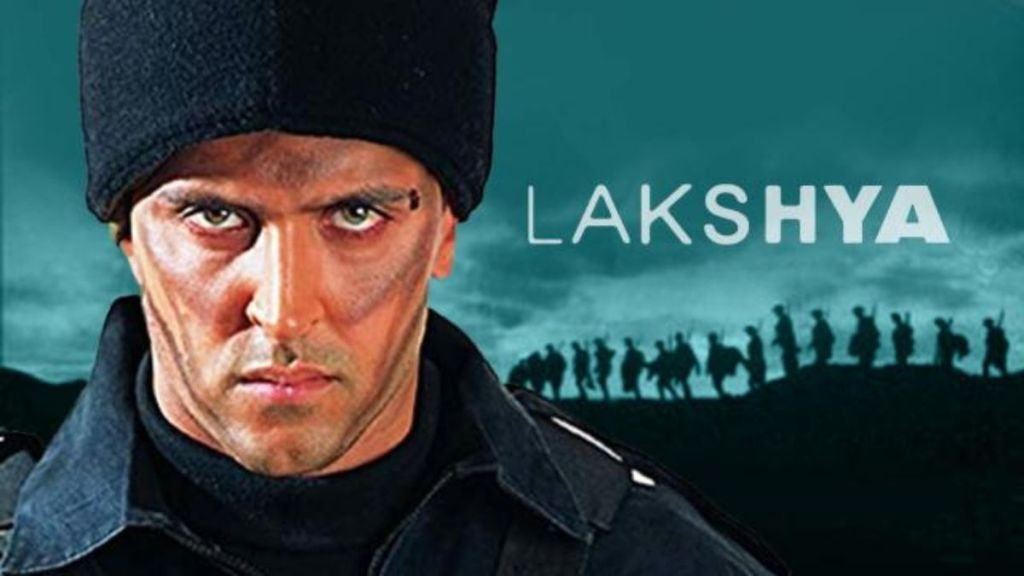
The films and documentaries, therefore, have been instrumental in keeping alive the heroism of the Kargil martyrs. Films like “LOC Kargil” and “Lakshya” reflect the feeling of bravery and hardships the soldiers underwent during the war. These films worked not only to entertain audiences; instead, they also provided a very potent medium to pay tribute to the martyrs and enlighten the general public on the Kargil war. Documentaries based on the interviews of soldiers, their family members, and military officials provide insight into the war and the martyrdom of those who sacrificed themselves.

